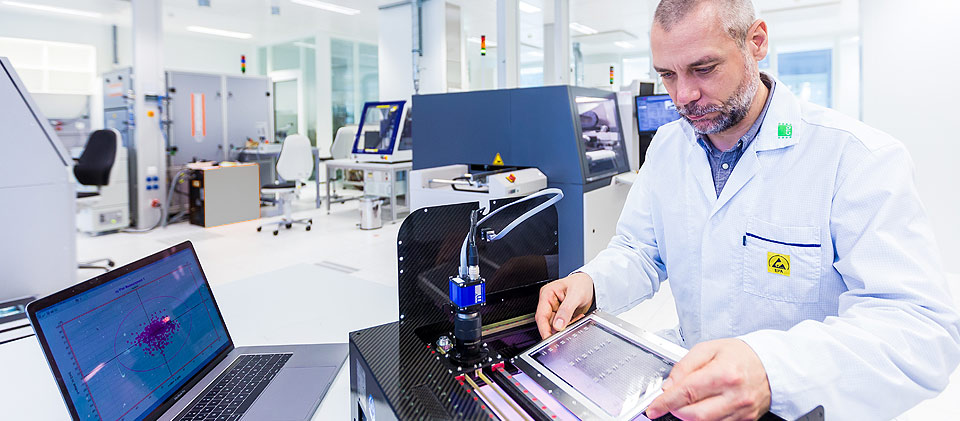If the MCA is not a regularly scheduled event, maybe there is a production problem requiring investigation. In either case, task definitions are recorded during the analysis. These include the type of system to be examined, such as the placement system or printing system and the parameters to be measured, such as x-y-theta accuracy or placement force. In addition, the configuration of the system must be known, such as the type and number of assembly heads (high speed or multifunctional), the number of transport tracks, type and number of cameras, typical board dimensions and the component spectrum to be processed.
The expected specification limits are also important. They are used for subsequent assessment and also for selecting the measuring instrument. As a rule of thumb, the measuring equipment must be a factor of 10 more accurate than the process to be measured. When determining specifications, the specifications of the machine manufacturer and the requirements from the production process should be considered. For example, it makes sense to use a uniform process specification in production runs with lines of different machine generations and manufacturers and thus different manufacturer specifications, which ultimately process the same products. This makes it easier to assess the production quality and to decide on any necessary repairs and maintenance measures.

